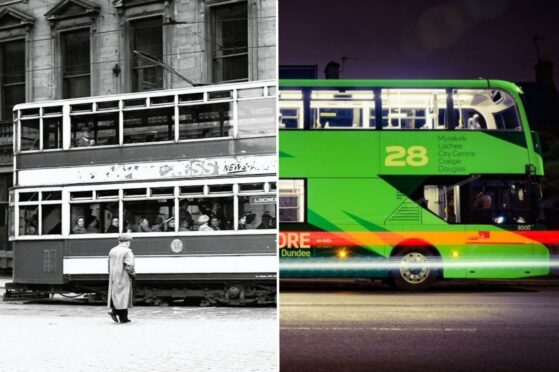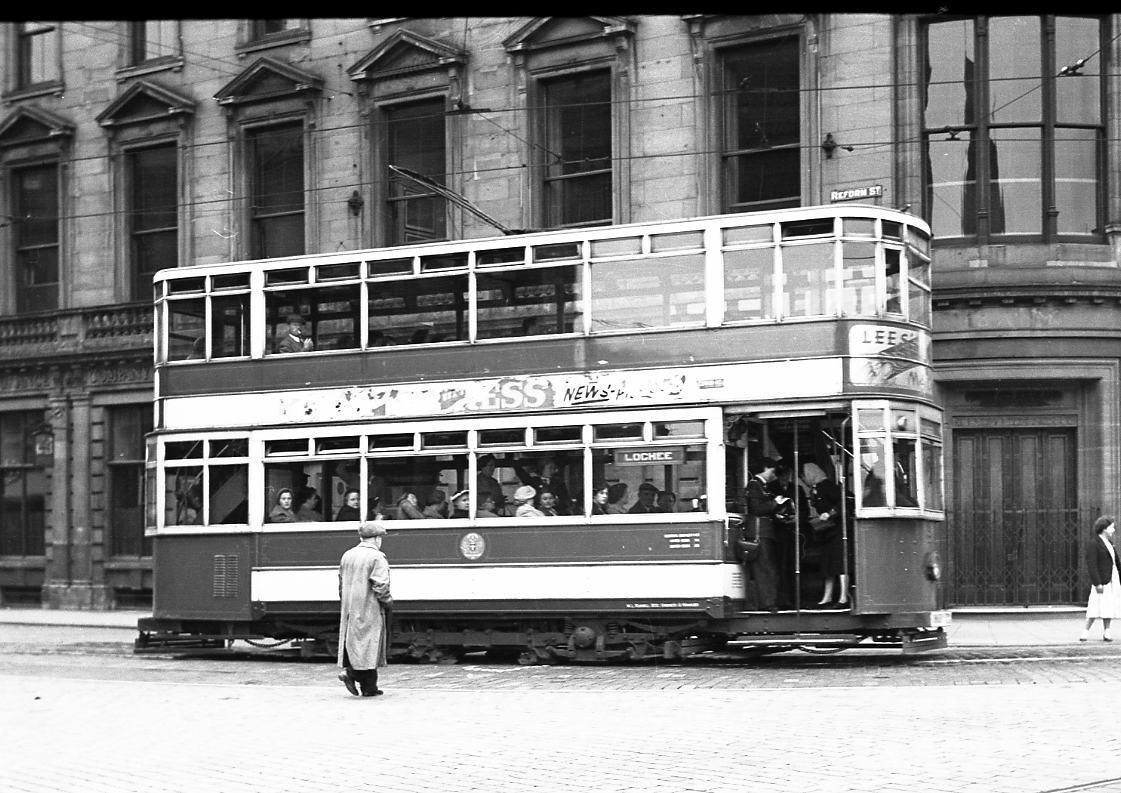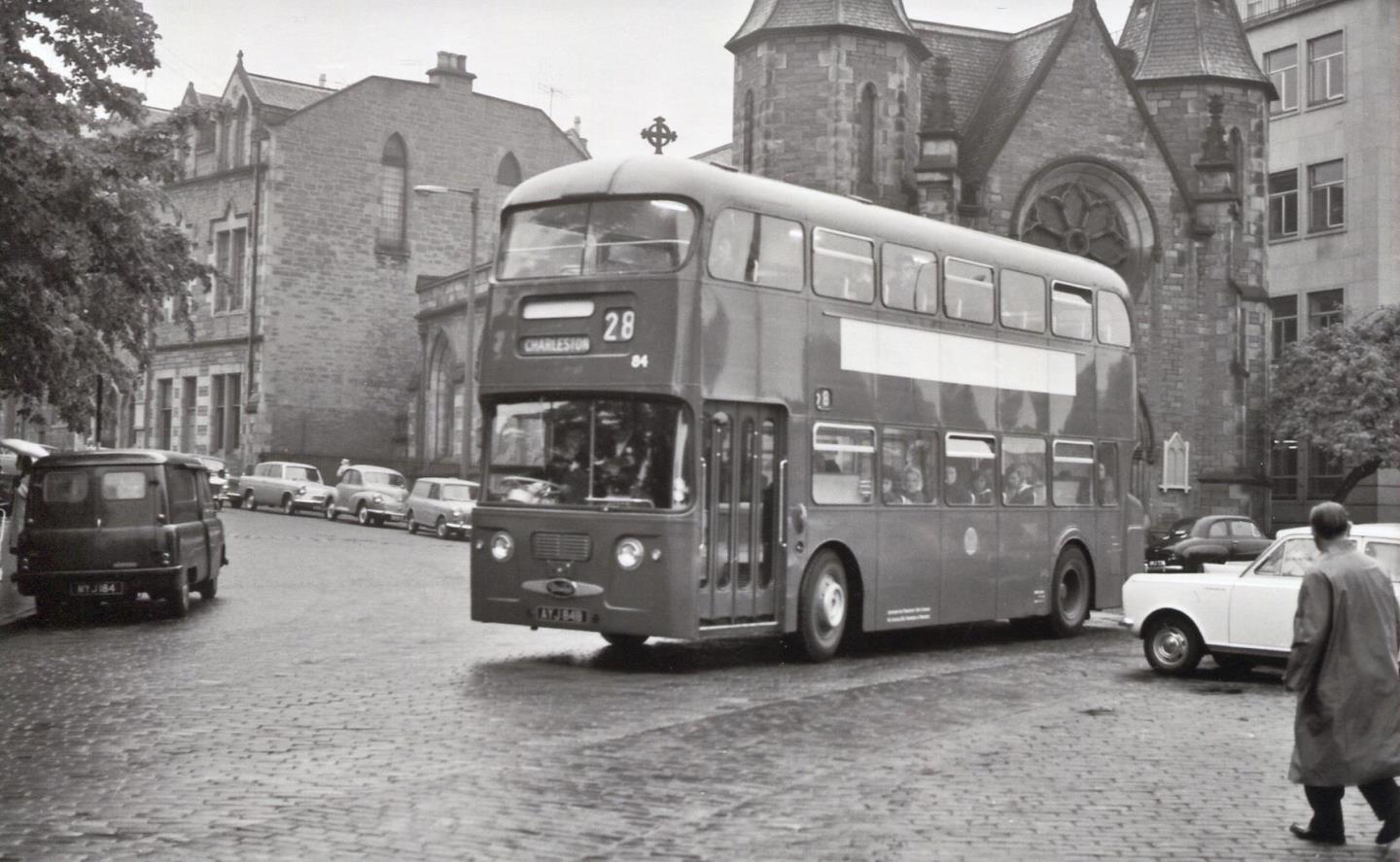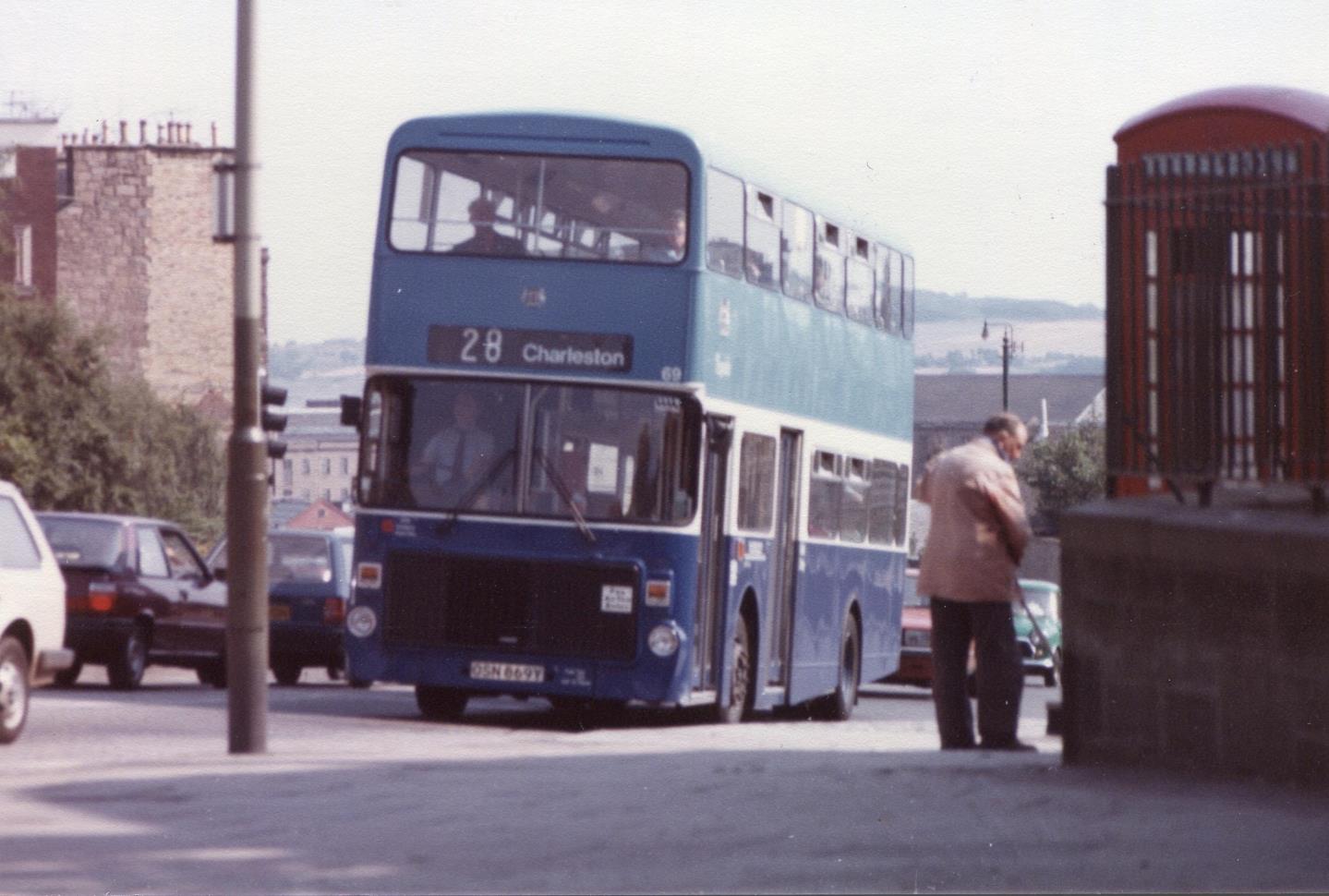You may have seen the new Xplore Dundee Emerald Electric buses driving quietly down the city’s iconic Route 28; you may even have ridden on one. But have you considered why this specific route has been converted?
-
Some Courier online content is funded by outside parties. The revenue from this helps to sustain our independent news gathering. You will always know if you are reading paid-for material as it will be clearly labelled as “Partnership” on the site and on social media channels,
This can take two different forms.
“Presented by”
This means the content has been paid for and produced by the named advertiser.
“In partnership with”
This means the content has been paid for and approved by the named advertiser but written and edited by our own commercial content team.
Could the decision to transform Route 28’s fleet be more significant than you think?
We spoke with Xplore Dundee and the Dundee Museum of Transport to find out why the 28, why now, and what did it look like in days gone by?
Read on to find out more…
Xplore Dundee’s Route 28 becomes fully electric – but why?
“Lochee Road, which makes up a significant stretch of Route 28, is the second most polluted street in Scotland,” explains Marc Winsland, commercial manager at Xplore Dundee.
And as one of the city’s main public transport providers, with a strong belief that bus travel is one of the best and easiest ways to reduce carbon footprints, Xplore Dundee took action.
“Buses only make up around 2% of traffic here, but by introducing these zero emission vehicles, we can rest assured that any pollution in the area is no longer coming from us!
“Plus, it was never going to be a case of half diesel, half electric buses on this stretch of road, because the PVR (Peak Vehicle Requirement) of the route meant that with 12 models, it could be entirely converted.”
And by fully converting the route which connects one side of Dundee with the other, passing residential areas, places of employment, and cutting straight through the city centre, Xplore Dundee has made a huge statement.
Green, glorious green
Making the buses a bright and distinct shade of green was no accident either.
“Our whole branding is green partly because of the environmental benefits of bus travel,” explains Marc.
“But we worked with the creative design company, Best Impressions, to come up with this brighter, bolder shade of green for our new models to really set them apart from other vehicles on the road.
“Best Impressions’ whole remit is trying to make bus travel desirable – which is obviously our ultimate goal too.
“One of the best and easiest ways for us to achieve net zero in Scotland is to get people out of their cars and back on the bus.”
Dundee electric buses convert Route 28 – but how did it look in the past?
When looking to the future, or going through change, we often find ourselves looking to the past, simultaneously, to consider how far we’ve come.
And that is exactly what we did with the streets of Dundee!
Derek Simpson from the Dundee Museum of Transport shared some historical photos with us, so we could see just how far Route 28 has come over the past 50-100 years.
Before buses, there were trams
“This was one of 10 Lochee cars seen at the top of Reform Street,” says Derek. “The Lochee route has a two minute headway during rush hours.”
And the city has come full circle, as the trams to Lochee were electrified (running with overhead cables seen in the photo above) between 1900 and 1956!
Marc adds: “It was in October 1956 that the last tram journey ran from Maryfield to Lochee, prior to buses becoming the modern, pre-eminent public transport mode in the city.”
Revolutionary for its time
“This Dundee Corporation bus entered service on New Years Day 1965,” Derek says. “It was seen as revolutionary at the time due to its rear engine, forward entrance, fluorescent lights and heaters.
“It spent most of career based at Marchbanks depot, plying its trade on the Douglas to Charleston services. It seated 78 passengers.”
Do you recognise the area?
Were Dundee buses blue before they were green?
“This bus was bought new by Tayside in 1983 and was part of a batch of 15,” says Derek.
“It is a Volvo Ailsa MKIII with an East Lancs body seating 84 passengers.”
So, were Dundee’s buses blue before Xplore Dundee turned them green?
“The buses were actually green, either partly or fully, between 1922 and 1975,” explains Marc. “They were then blue from 1975-1997.
“Xplore Dundee went back to green again in 2015. So, while our green brand is partly to signify our commitment to the environment, it is also a nod to our heritage from the Dundee Corporation days.”
And the name given to the Xplore Dundee buses is another nod to the city’s heritage.
Marc adds: “We call our high-spec buses Emeralds, and most recently Electric Emeralds, because, not only is it a precious green stone which signifies value and prestige, it’s also the stone embedded in the Lord Provost of Dundee’s chain, which dates back to 1914.
“Another example of our proud, local links!”
To find out more about the Emerald Electric fleet, visit the Xplore Dundee website.
And for more information on city transport, visit the Dundee Museum of Transport website, or take the 5/5a bus to the museum itself!













